G2 geomagnetic storm hits Earth, sparks auroras in the US
National Oceanic and Atmospheric Administration (NOAA) predicted a few days ago that a CME was on course for Earth, and could hit the planet on September 2. This event has now taken place and it made for an amazing viewing in parts of the US.
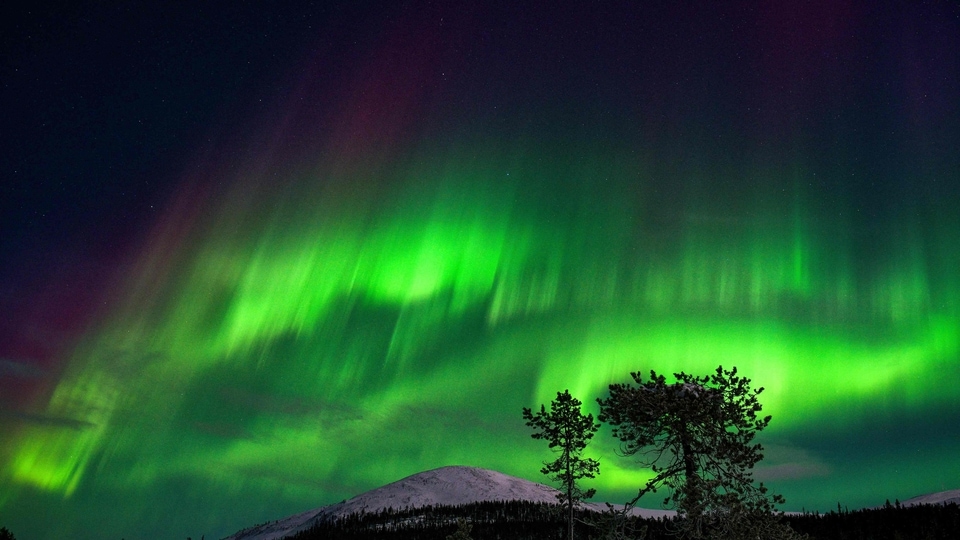
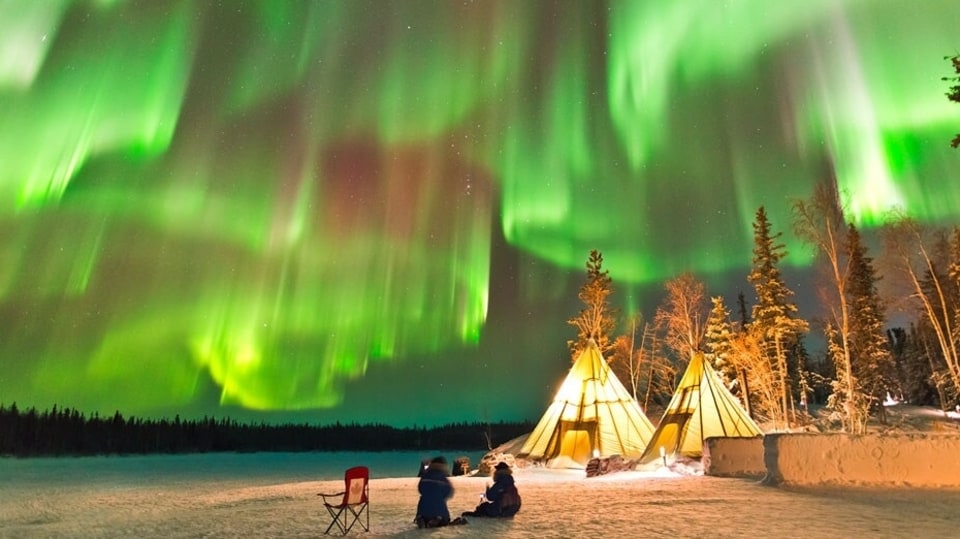

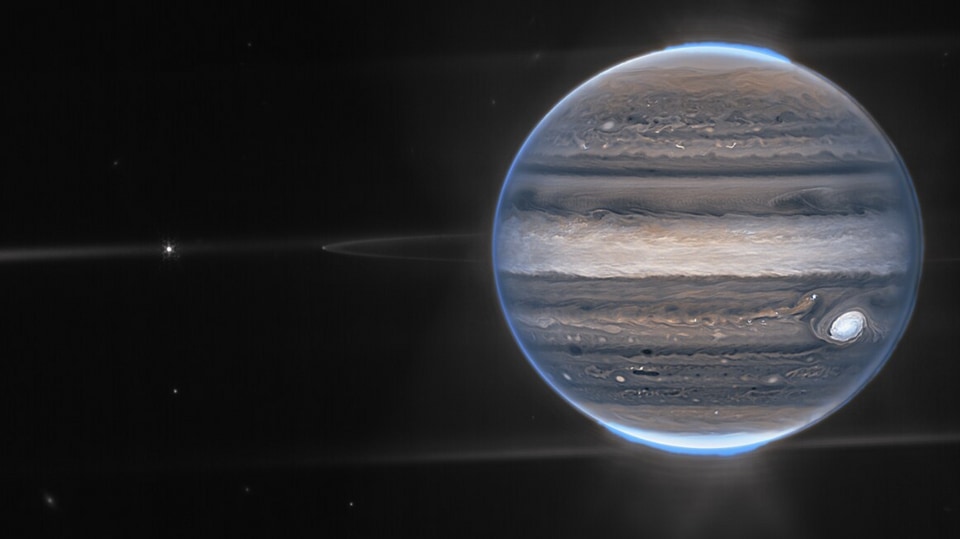
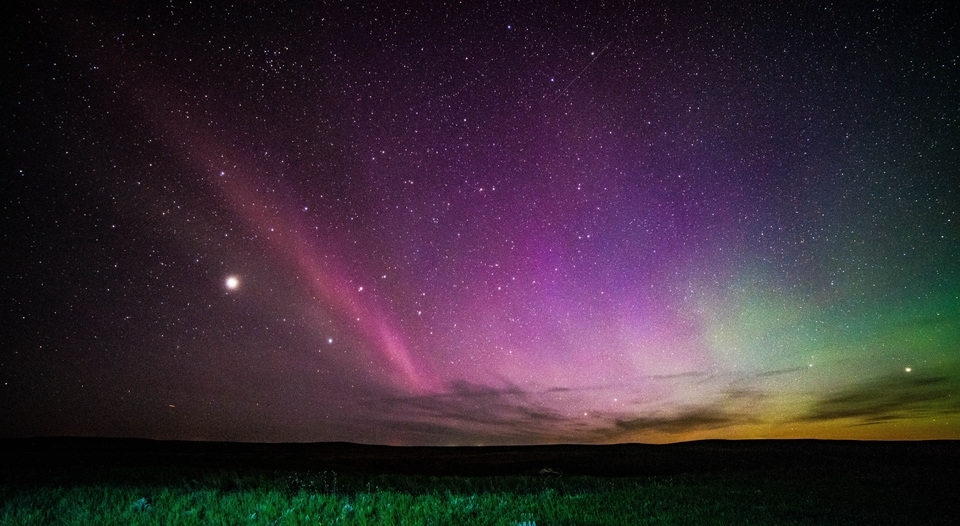
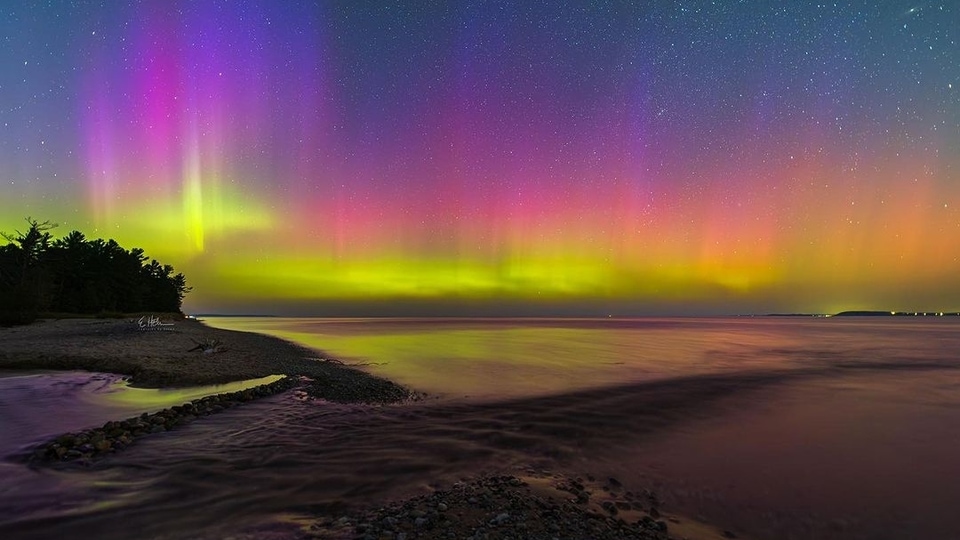
 View all Images
View all ImagesOver the last few months, we have witnessed several solar storm and geomagnetic storm impacts, and their frequency is likely to increase even more as we approach the solar maximum which could arrive in 2025. It is a period in the Sun's 11-year cycle where solar activity is at its peak, resulting in an increased number of dangerous solar phenomena such as solar storms, flares, CMEs, geomagnetic storms, and more.
The Space Weather Prediction Center (SWPC) of the National Oceanic and Atmospheric Administration (NOAA) predicted a few days ago that a CME was on course for Earth, and could hit the planet on September 2. This event has now taken place and it made it for an amazing viewing in parts of the US.
Geomagnetic storm sparks auroras
According to a report by spaceweather.com, the CME, which was reported to hit on September 2, did impact, but weirdly there were no signs of the impact in the solar wind data. This is perhaps due to the solar wind also blowing strongly which masked its impact. However, this CME was likely behind the G2geomagnetic storm that was sparked on the same day. The geomagnetic storm also resulted in fascinating, mid-latitude auroras in the US.
Photographer Ethan Hohnke captured the breathtaking Northern lights from Sleeping Bear Dunes National Lakeshore near Empire, Michigan on September 2 at 9:45 PM local time, and shared the stellar image in an Instagram post. Speaking to Spaceweather, Hohnke said, “Last night was absolutely epic!! Northern lights could be seen dancing over the waters of Lake Michigan before the bright Moon rose. I was standing near the 45th parallel when I took this picture”.
The G2 geomagnetic storm not only sparked auroras but might have also caused voltage fluctuations among high-altitude power systems. Additionally, it is likely to have caused a disturbance in HF radio propagation.
Impact of weak CMEs
According to NOAA, even a weak CME impact could spark auroras this time of the year due to the Russell-McPherron effect. During the Autumnal Equinox, which is on September 23, the Sun is directly above the equator, causing the day and night to be of the same duration.
As a side effect, there is semiannual variation in the effective southward component of the interplanetary field. Cracks form in the Earth's magnetic field which could allow even weak solar winds to seep through.
Catch all the Latest Tech News, Mobile News, Laptop News, Gaming news, Wearables News , How To News, also keep up with us on Whatsapp channel,Twitter, Facebook, Google News, and Instagram. For our latest videos, subscribe to our YouTube channel.































